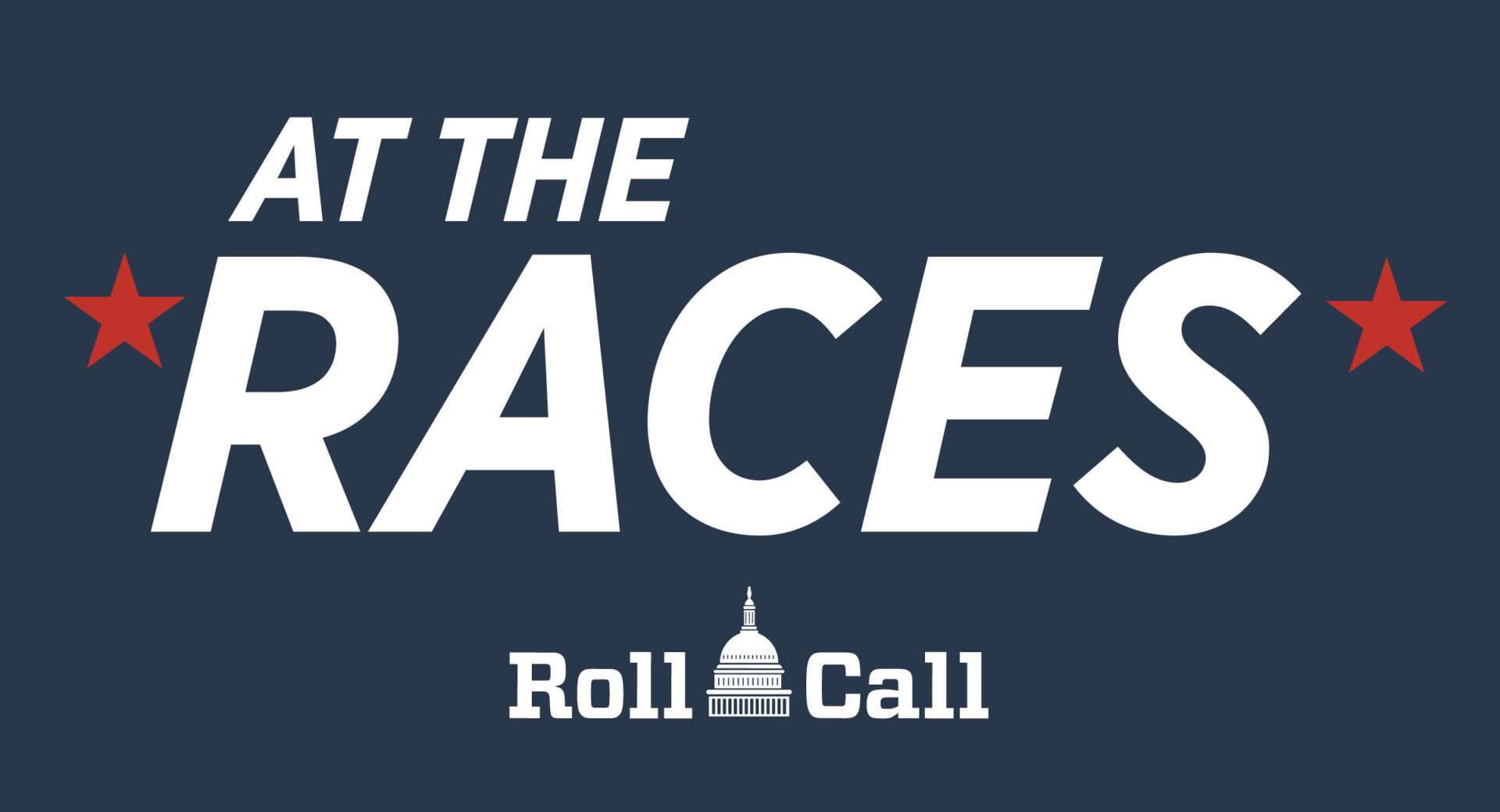CDC reports drop in US fertility rate
Report comes as some lawmakers call for policies to encourage having more children

The number of births dropped 2 percent between 2022 and 2023 as fewer pregnant women received first-trimester prenatal care for the second consecutive year, according to Centers for Disease Control and Prevention data.
The figures come amid increasing calls for pronatalist policies by politicians like the Republican vice-presidential nominee JD Vance.
Data from CDC’s National Vital Statistics System showed the fertility rate dropped 3 percent in 2023 to 54.5 births per 1,000 among women ages 15 to 44.
The U.S. saw its latest high in the number of births in 2007, but that number has decreased 17 percent since then. The fertility rate has dropped 21 percent since 2007, with the teen birth rate decreasing two-thirds since then.
The CDC report also found declining uptake of prenatal care in the earlier stages and during any point in pregnancy.
Women beginning prenatal care in their first trimester dropped for the second year, down 3 percent from 2021. First-trimester care had increased between 2016 and 2021. Care starting in the second and third trimesters both increased in 2023.
The report also shows that the percentage of women who sought late or no prenatal care increased 5 percent in 2023. Delayed or no-care levels have risen since 2016, according to the CDC.
The changes in the U.S. are not unique.
Global fertility rates have been decreasing for years. A study published in The Lancet projects that 155 countries will be below the replacement rate by 2050.
Policy
Experts cannot attribute the broader drop in births to one cause but have cited numerous factors including delaying marriage, increased education and workforce participation, concerns about climate change and rising costs.
Still, the continuing changes to the U.S. fertility rates have prompted concern among lawmakers over how to reverse course from both sides of the political spectrum.
A White House brief issued in May based on provisional CDC data said that the low fertility rate would lead to fewer workers per capita and stymie economic growth and the ability to sustain public programs like Social Security.
A Harris-Walz plan released last week calls for creating a $6,000 child tax credit for families with a newborn child within its first year. The plan would also reinstate a broader $3,600 tax credit for families with children that was established through the 2021 pandemic relief law.
Vance, the running mate to Republican nominee Donald Trump, has emerged as one of the most prominent voices pushing for more births.
In a 2019 speech he said, “Our people aren’t having enough children to replace themselves. That should bother us.”
He has continued to speak out on the issue.
“We should support more people who actually have kids because those are the people who ultimately have a more direct stake in the future of this country,” Vance said on Fox News in a 2021 interview.
More recently, Vance has touted changing specific policies to encourage more births.
He’s suggested that childless adults should pay higher taxes than adults with children and has called for a $5,000 child tax credit — an issue he says Trump also has long supported.
But Vance did not vote in August on a bill that would have provided an incremental expansion of the child tax credit. The bill fell short 48-44 on a procedural vote.
The Trump-Vance campaign did not respond to a request for comment on the latest CDC numbers.





